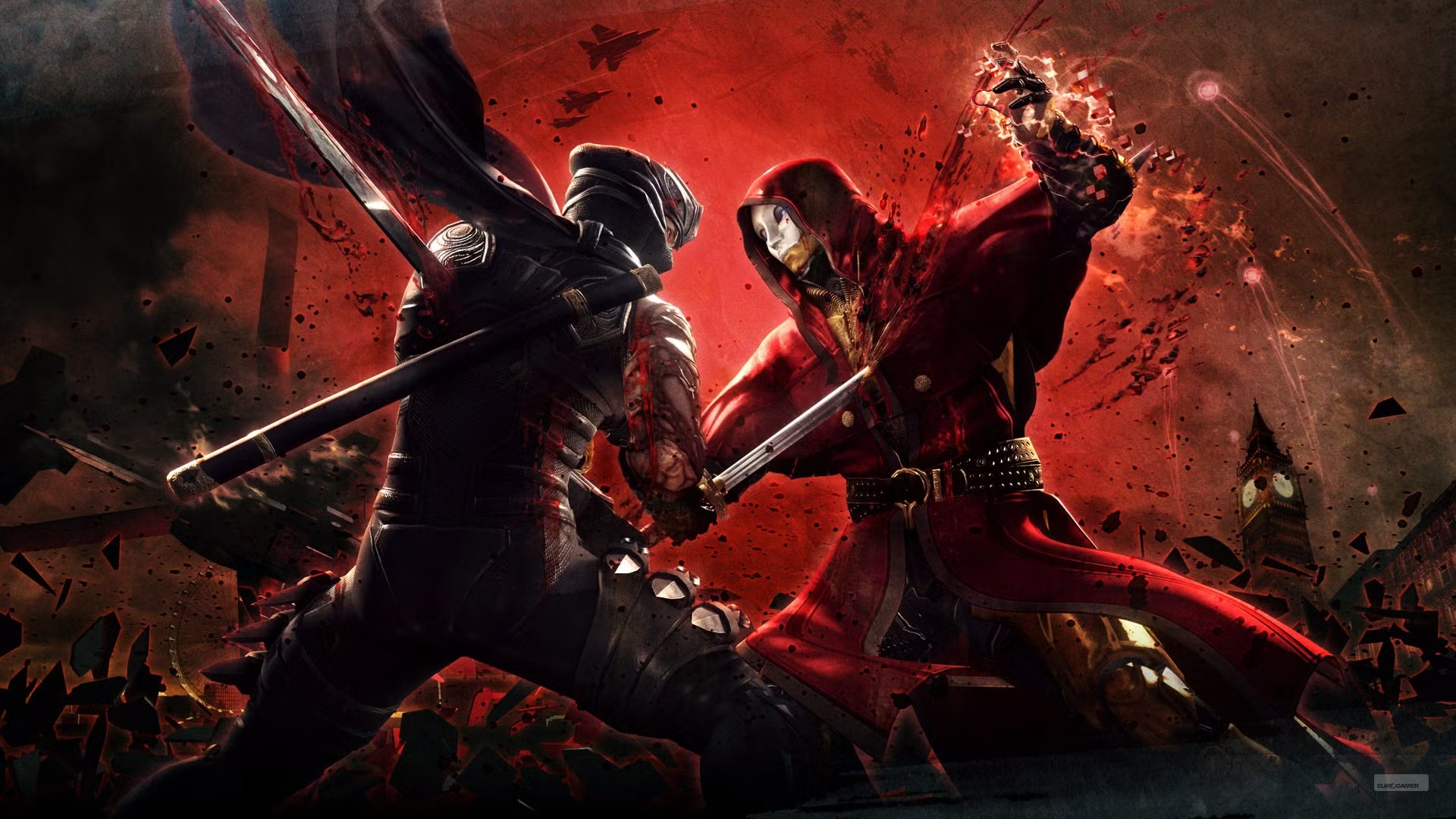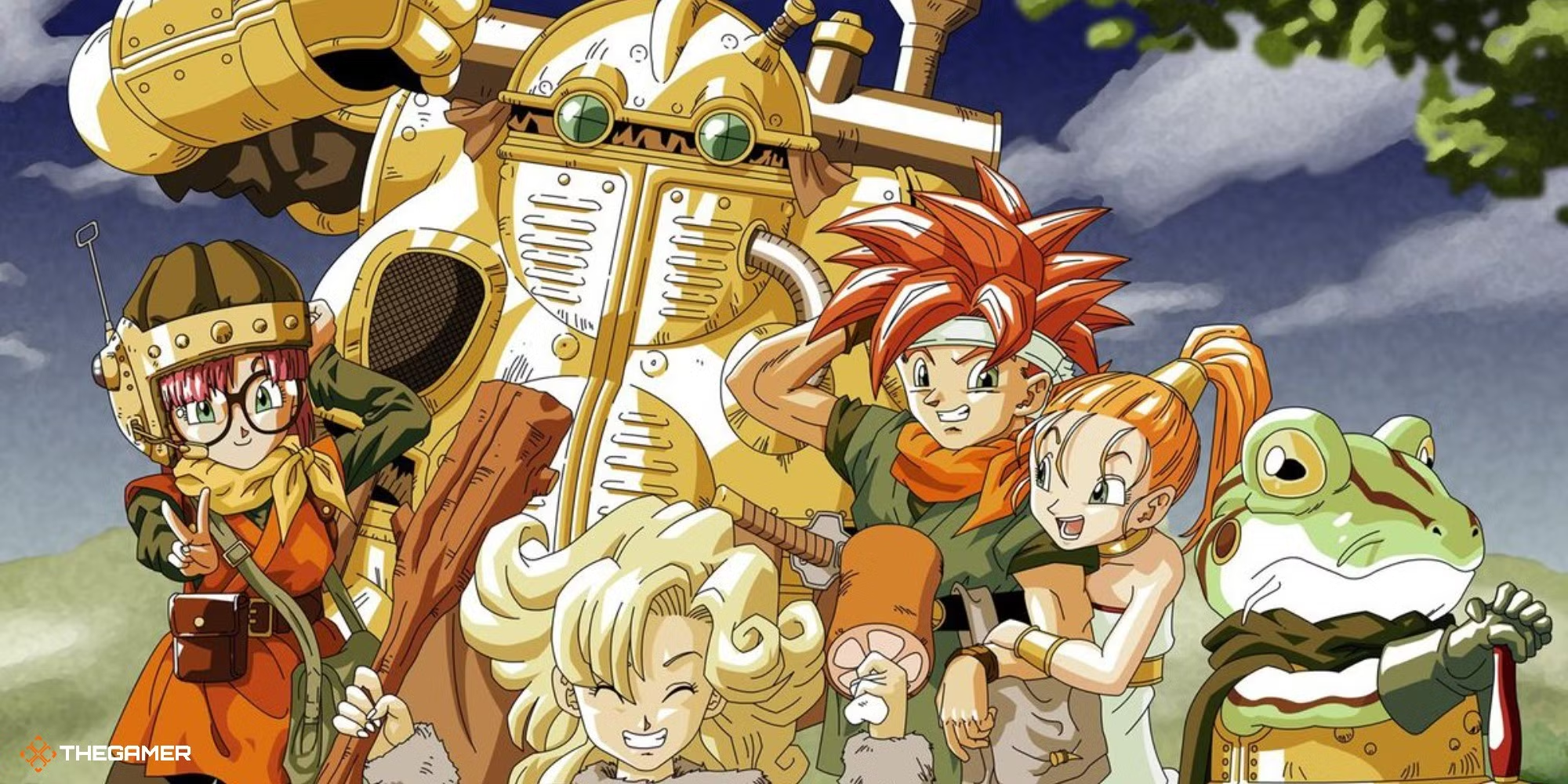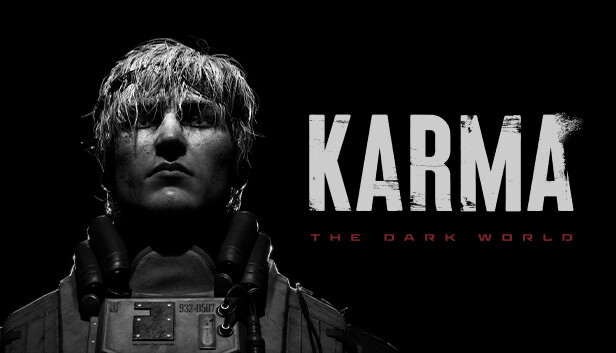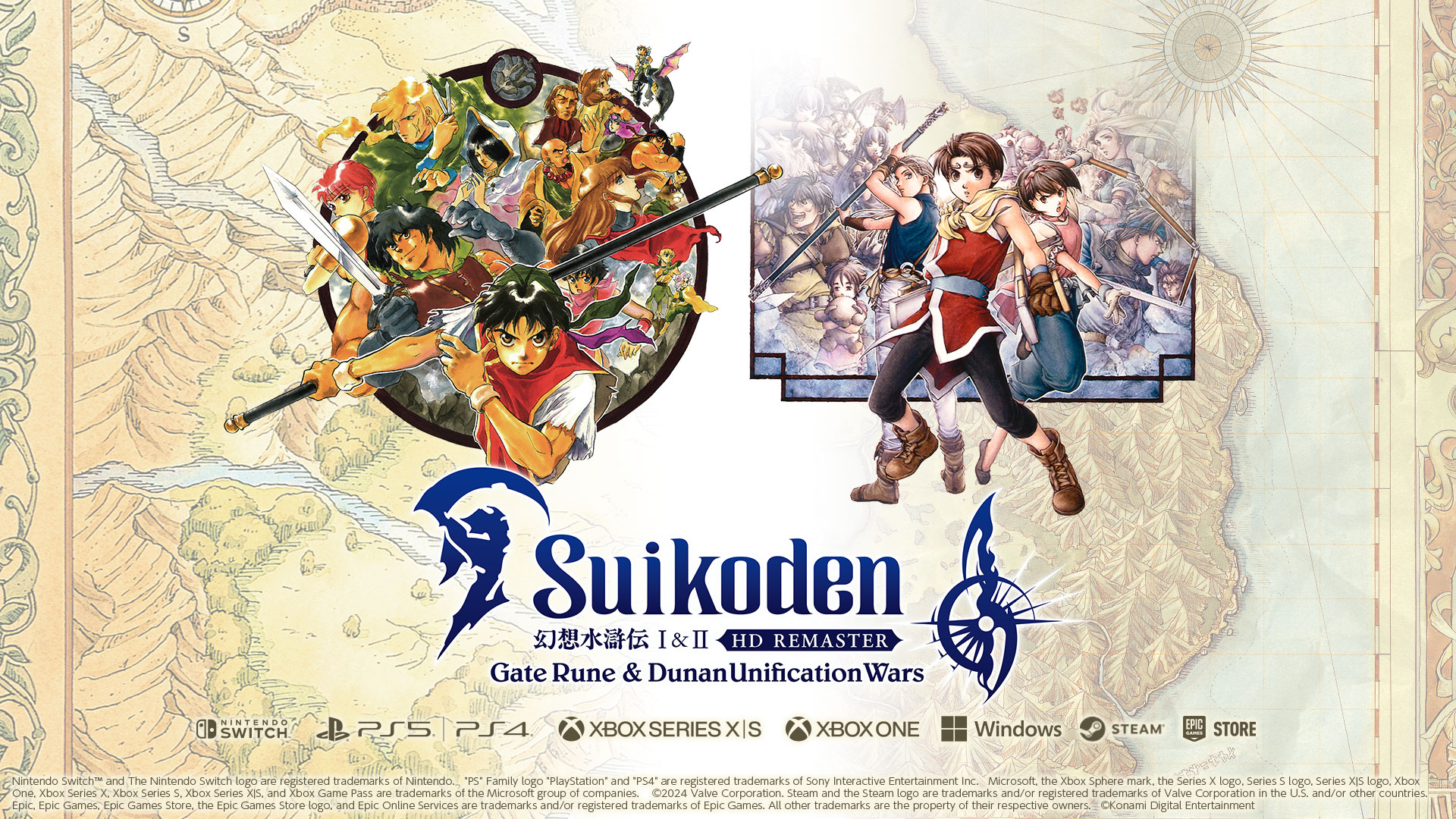reddeadplace.com – The Ninja Gaiden series has long been revered for its fast-paced, brutally challenging combat and its commitment to delivering a visceral action experience. With Ninja Gaiden 3, however, the series faced a significant departure from its beloved formula, leading to a mixed reception among fans and critics alike. Released in 2012, this third installment brought back the legendary ninja Ryu Hayabusa but struggled to meet the expectations set by its predecessors.
A Familiar Hero with New Challenges
In Ninja Gaiden 3, players once again control Ryu Hayabusa, the skilled ninja protagonist who has faced countless foes throughout the series. The game’s storyline centers on Ryu’s encounter with a mysterious organization, the “Lords of the Dead,” and his quest to prevent an ancient curse from consuming him. The narrative explores Ryu’s internal struggles as he becomes more entwined with a dark and mystical power, making it a somewhat more personal journey compared to the previous games.
While the plot attempts to dive deeper into Ryu’s psyche, it lacks the compelling narrative drive that made earlier titles stand out. It feels somewhat generic, with less focus on intricate storytelling and more on setting up action sequences. The game’s linear progression and reliance on typical action-game tropes don’t do much to elevate the experience.
Combat: Fast, Flashy, but Simplified
One of the standout features of the Ninja Gaiden series has always been its brutal, fast-paced combat, which demands precision and skill. However, Ninja Gaiden 3 significantly simplifies this system, much to the dismay of longtime fans.
Combat in Ninja Gaiden 3 is undeniably flashy, with Ryu performing an array of acrobatic and visually stunning attacks, but it lacks the depth and variety that characterized the earlier titles. The game introduces a new “bloodlust” mechanic, where Ryu’s attacks become more powerful as he fills up a blood gauge by spilling enemy blood. While this adds a degree of visual flair, it also makes combat feel repetitive over time. The game’s combo system is less intricate than in previous installments, leading to a less rewarding feeling when executing attacks.
One of the major criticisms of the combat is the lack of weapons. Previous Ninja Gaiden games offered a wide range of weapons, each with its own moveset and strategic applications. In Ninja Gaiden 3, however, Ryu is mostly limited to his katana, which feels restrictive and reduces the variety of combat strategies available. While the katana itself is powerful and visually impressive, the lack of weapon variety contributes to a feeling of monotony that plagues much of the game.
The Difficulty: A Steep Drop
Another hallmark of the Ninja Gaiden series is its punishing difficulty. The first two games were known for their challenging combat and unforgiving enemies. However, Ninja Gaiden 3 made a significant shift in this regard, opting for a more accessible experience. The difficulty level in this installment is noticeably easier, with enemies being less aggressive and the combat feeling more forgiving.
While some players may appreciate this change, many fans of the series were disappointed by the lack of challenge. The game’s easy difficulty also makes the later stages feel drawn-out, as there’s little incentive to improve skills or strategies when the game’s artificial intelligence (AI) doesn’t offer the same kind of challenge that earlier Ninja Gaiden titles did. For those who played the previous installments and reveled in the intense difficulty, Ninja Gaiden 3 might feel like a step backward.
Graphics and Presentation
On the visual front, Ninja Gaiden 3 is a mixed bag. The character models, particularly Ryu Hayabusa, are detailed and well-designed, and the game’s environments are generally attractive, with a variety of settings from Middle Eastern deserts to high-tech skyscrapers. The game also does a good job of capturing the brutal and fast-paced nature of combat through dynamic camera angles and dramatic flourishes.
However, the game does suffer from occasional frame rate dips and some uninspired environmental design. While the environments are diverse, some areas feel empty or lack the attention to detail that made the previous games’ settings so immersive. The lack of a truly memorable visual identity makes Ninja Gaiden 3 feel less polished than its predecessors.
Online Multiplayer: A Missed Opportunity
In an effort to innovate, Ninja Gaiden 3 also introduced an online multiplayer mode, allowing players to battle one another in a variety of different scenarios. While the idea of multiplayer combat seemed promising, the execution left much to be desired. The online modes lacked the depth and refinement necessary to create a lasting, enjoyable multiplayer experience. Additionally, the multiplayer mode didn’t offer the same level of satisfaction as the single-player campaign, ultimately feeling tacked on rather than a fully integrated part of the experience.
Conclusion: A Disappointing Follow-Up
While Ninja Gaiden 3 retains the series’ signature fast-paced action and the iconic figure of Ryu Hayabusa, it ultimately falls short of expectations. The combat, though visually impressive, lacks the depth and complexity of earlier games, and the reduced difficulty level may alienate long-time fans. The story is underwhelming, the environments are forgettable, and the multiplayer component fails to make a meaningful impact.
For those new to the series or those simply looking for a more accessible action game, Ninja Gaiden 3 might still offer some enjoyment. However, for fans who loved the brutal difficulty, deep combat mechanics, and intricate level design of the first two games, Ninja Gaiden 3 will likely be remembered as a disappointing misstep in the series’ storied legacy.
Rating: 6/10
Pros:
- Visually appealing combat
- Stylish presentation
- Some enjoyable action sequences
Cons:
- Simplified combat mechanics
- Lack of difficulty
- Forgettable storyline
- Underwhelming multiplayer mode






